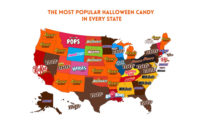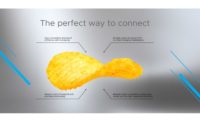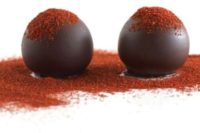
|
Coupons tend to inspire impulse shopping, consumers actually do leave room in their budgets for unplanned purchases and premium items like chocolate are among the most likely to be bought regardless of whether or not they are on the list.
That’s according to a new paper, "Deconstructing the 'First Moment of Trust': Understanding Unplanned Consideration and Purchase Conversation Using In-Store Tracking," which appears in the August issue of the American Marketing Association's Journal of Marketing Research.
The researchers used in-store video tracking to observe grocery shopping from the shopper's point-of-view, in conjunction with an entrance survey of purchase intentions.
Specifically, they found:
- Unplanned purchases tend to complement planned purchases. For example, a shopper who plans to purchase cheese is more likely to consider an unplanned purchase of sour cream.
- Products that are on promotion, that are higher in hedonicity (e.g., chocolate) or that need to be refrigerated are more likely to be considered as an unplanned purchase.
- Shoppers who reference coupons/in-store circulars or interact with the store staff when considering a product that's not on their shopping list are more likely to purchase the product.
- Shoppers who stand closer to the shelf are more likely to make unplanned purchases.
- Promotions are effective in convincing consumers to consider a product, but they do not significantly affect a consumer's decision to purchase that product.
- Consumers typically leave room for unplanned purchases in their mental budgets.
"Based on these findings, retailers can employ several strategies to convert shoppers from passive browsers to buyers," explains Professor Hui.
He says product category with high-profit margins should be place closer to the store entrance, so shoppers see the items before their budget for “extras” is depleted.
Retailers should also distribute store circulars and/or coupons not just at the entrance, but also at various in-store locations, giving shoppers more chances to take advantage of them.
“Offering product samples or highlighting certain store displays that encourage shoppers to stand physically closer to the shelf is another good tactic," he says.
That’s paper was written by Professor Sam Hui, of the NYU Stern School of Business, and co-authors, Jeffrey Inman, at the University of Pittsburgh's Katz Graduate School of Business, Yanliu Huang, at Drexel University's LeBow College of Business, and Jacob Suher at the University of Texas at Austin.
The American Marketing Association is the professional association for individuals and organizations who are leading the practice, teaching, and development of marketing worldwide.








